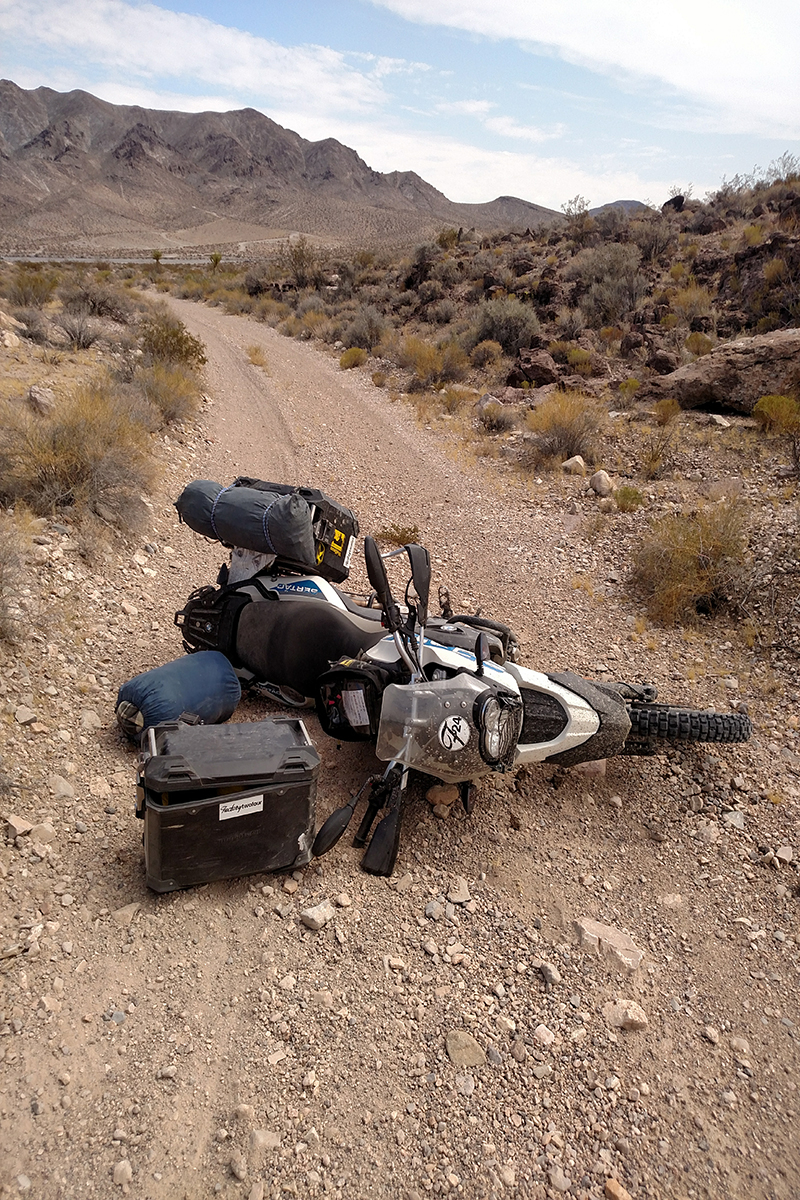Motorcycle accidents can be more surprising and catastrophic even though they are not necessarily more common than other motor vehicle accidents. Several investigations and surveys have uncovered the following fascinating data regarding motorbike accidents:
- In 98 percent of motorcycle accidents, the weather had no influence on an accident.
- Most motorcycle accidents happen on short trips related to shopping, errands, friends, entertainment, or enjoyment, and they typically happen relatively soon after the trip’s start.
- In over half of incidents involving several vehicles, the motorbike or the other vehicle’s field of vision is restricted by glare or blocked by other cars.
- The visibility of the motorbike plays a crucial role in multi-vehicle accidents, and accident involvement is considerably decreased by the installation of motorcycle headlamps (during the day) and the wearing of high visibility yellow, orange, or bright red jackets.
- Leaks and spills from the fuel system were present in 62 percent of motorcycle incidents.
The most common causes of motorcycle accidents are:
- Hazardous road conditions
- Speeding and Reckless Driving
- Alcohol Use
- Left turns
- Motorcycle riders between the ages of 16 and 24 are significantly more likely to be involved in accidents than those between the ages of 30 and 50.
- Most motorcycle riders injured in accidents are workers, students, and craftspeople. There is a lack of representation among professionals, salespeople, and artisans.
- The motorcyclists engaged in collisions essentially lack training; 92% either learnt on their own or via family or friends.
- In around 3/4 of all accidents, a passenger car is the most common vehicle involved in crashes with motorcycles.
- Less than 3% of motorcycle accidents are caused by vehicle failure, most of which are single-vehicle collisions where control is lost due to a punctured tire.
- A motorcyclist’s failure to pay attention while driving frequently contributes to collisions.
- Alcohol use is a factor in nearly half of fatal collisions.
- The motorcycle riders in these collisions had serious collision avoidance issues. Most riders under brake the front wheel, which significantly reduces collision avoidance deceleration, and overbrake, which skids the back wheel. Swerving and countersteering were essentially impossible.
- In most motorcycle accidents, the rider has slightly under two seconds to complete all collision avoidance maneuvers.
- Large displacement motorcycles are less likely to be involved in accidents, but when they are, the injuries sustained are more severe.
- The studies have not shown any association between motorcycle color and accident data, but this association is predicted to be negligible given that the frontal surfaces of the motorcycle are more frequently exposed to the other vehicle that is colliding with it.
- Motorcycle collisions provide a very high risk of injury: the motorcycle rider was hurt in at least some way in 98 percent of multiple vehicle incidents and 96 percent of single vehicle collisions, with more serious injuries accounting for 45 percent of all injuries.
- The lower leg, thigh, and upper leg account for half motorcycle accident injuries.
- Crash bars are ineffective as a preventative strategy for injuries. The increase in injuries to the thigh-upper leg, knee, and lower leg offsets the decrease in ankle-foot injuries.
- The frequent but seldom serious injuries of abrasions, cuts, and bruises can be avoided or reduced by wearing heavy boots, a jacket, gloves, etc.
- The rider had leg injuries in at least 13% of cases.
- 73 percent of motorcycle accident victims did not wear eye protection. Hence, an accident contributes to vision impairment and a delay in hazard recognition.
- Almost half of the motorcycle riders use safety helmets. Only 40% of motorcycle accident participants wore helmets at the time of the collision.
- On hot days and short trips, the voluntary use of safety helmets by those motorcycle riders involved in accidents was the lowest.
A personal injury lawyer should be contacted if you were in a motorbike accident that was not your fault. You can probably expect the lawyer to be able to offer you a free consultation and case evaluation. A personal injury lawyer can assist you in filing claims with the insurance companies of other drivers, which may enable you to receive more compensation than you would on your own.


